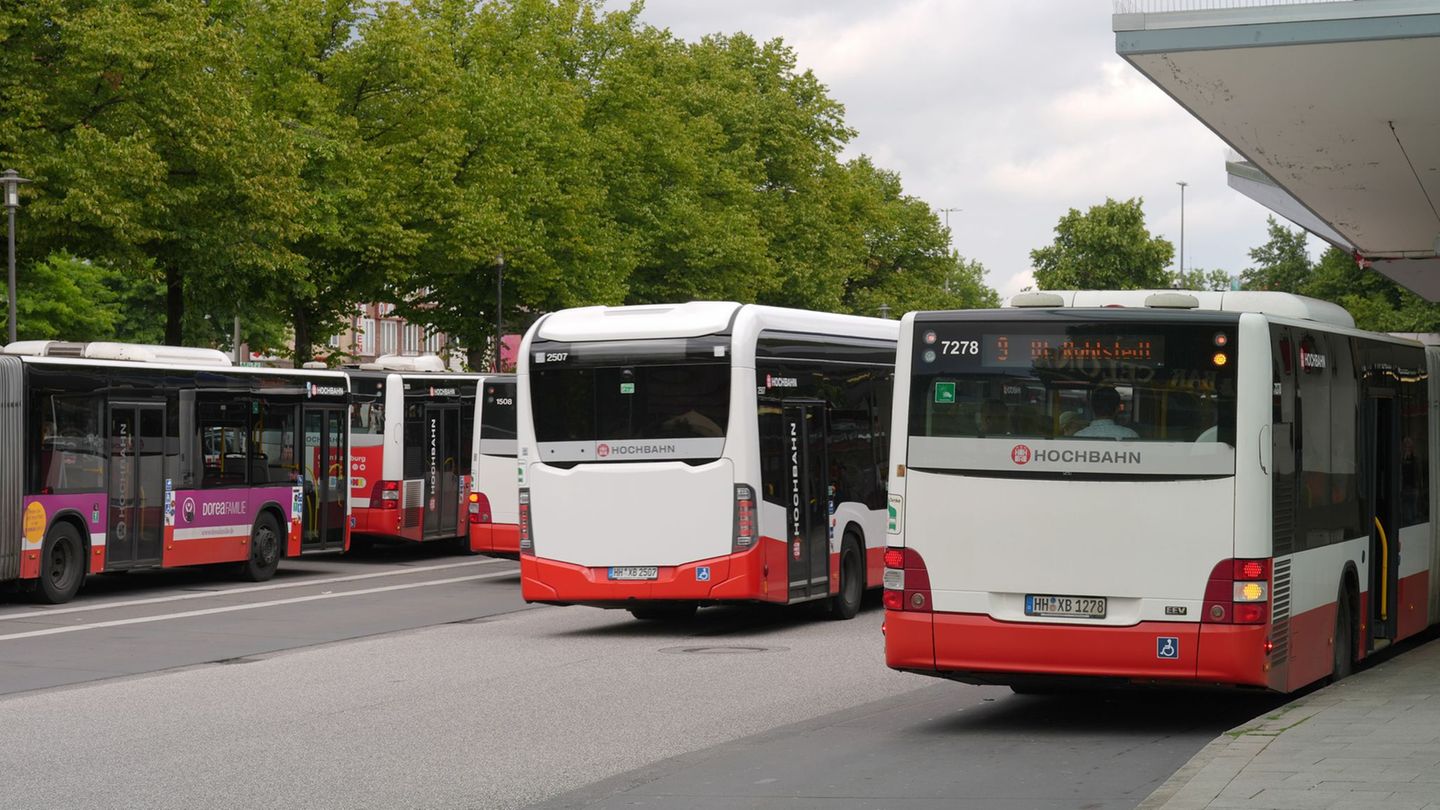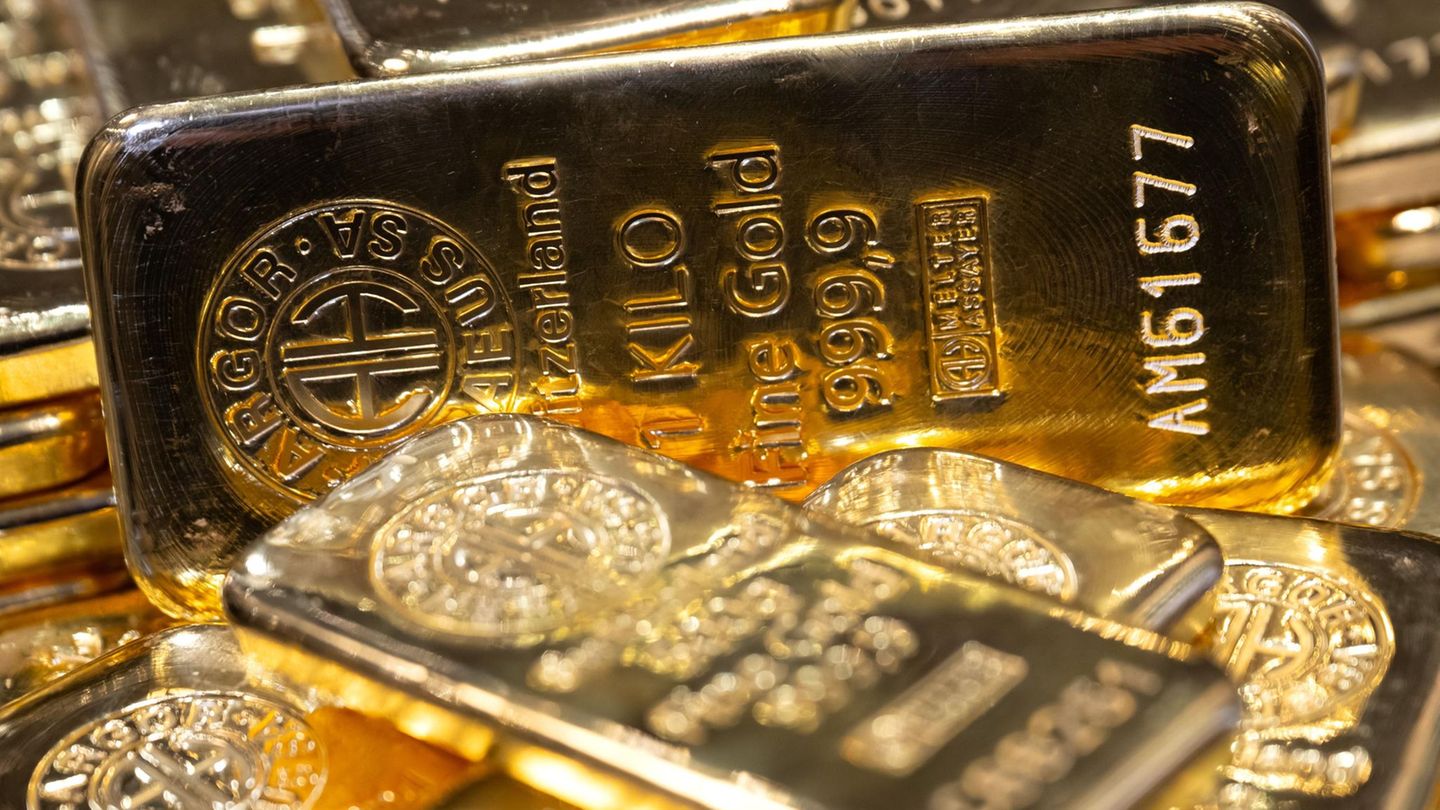For its part, the MEP -also valued with the Global 2030- grew 0.6% to $208.62, and the gap with the wholesaler was established at 72.79%.
It should be noted that the financial dollar slowed down sharply in May. The CCL dollar rose 1.7% in the last 30 days, going from trading at $206.96 to $210.51. For its part, the MEP rose 0.7% in the month, closing at $205.99 and ending at $207.35.
In the comparison with March, the Cash with Liquidation rose $16.68 (+8.8%) in April, while the Mep added $15.43 (+8.1%) last month.
In his Invest in the Stock Exchange (IEB) analysis, he maintained that “since the beginning of February, after the agreement with the IMF, the CCL had been having an almost perfect correlation with the Real. Already at the beginning of May this correlation has been brokenand while the Real appreciates, the CCL depreciates slightly”.
“This decorrelation of the Argentine peso relative to the rest of the region, without a doubt brings more uncertainty about what can happen with the CCL. Taking into account the weak macroeconomic context for the second half, and a benchmark that is around $235, it seems that this tranquility of the CCL will not last much longer”, they closed the analysis.
The economist, Federico Glustein, in dialogue with Ámbito, considered that the prices had a “stable” behavior in May for several reasons, but mainly, “because foreign exchange earnings were highespecially from agriculture with US$4.1 billion, and the BCRA was able to absorb US$785 millionscarce since it is only 19% of the total, but it is 80% of the year’s purchases”.
The development of the MEP and the CCL this month was influenced by external factors derived from the rise in rates in the US and the war, and the disarming of positions due to carry tradeGlustein maintained. In turn, “the swings of the Merval by 4.6% in pesos and 2.8% in dollars accompanied the foreign exchange market, consistent with the mixed expectations about the global financial market.”
Therefore, in this sense, “the rise of the local market was important for the financiers to be maintained. The blue had a different panorama that in April from end to end did not rise while in May it did so by 3.5% so as not to be left behind with the solidarity that reached it due to the devaluation rate of 4.6% of the official, “he closed .
official dollar
The dollar today -without taxes- rose 26 cents this Wednesday, June 1, to $125.88 for saleaccording to the average in the main banks of the financial system, while in Banco Nación the ticket closed without changes at $125.25.
The savings dollar or solidarity dollar -which includes 30% of the COUNTRY tax and 35% deductible of Earnings- rose 43 cents to $207.70 on average, finishing for the third straight day above the blue.
The wholesale dollar, which is directly regulated by the BCRA, rose 12 cents to $120.32. During May, it registered an advance of 4.2%, the most important monthly rise in the Alberto Fernández era.
“The official strategy slightly accelerated the rate of slide in dollar prices, but still without accompanying the rise in domestic prices, a decision that seems to use this as a kind of anchor to control inflation”highlighted the analyst Gustavo Quintana.
Dolar blue
The blue dollar ended lower this Wednesday, June 1, and was consolidated as the retail exchange rate “cheaper” From the marketaccording to a survey carried out by Ámbito in the Foreign Exchange Black Market.
The parallel dollar fell $1 to $206, that is, below the solidarity, which closed close to $208.
Thus, the gap between the informal dollar and the wholesale official exchange rate it was reduced to 71.2%, minimum levels in a year.
Source: Ambito
David William is a talented author who has made a name for himself in the world of writing. He is a professional author who writes on a wide range of topics, from general interest to opinion news. David is currently working as a writer at 24 hours worlds where he brings his unique perspective and in-depth research to his articles, making them both informative and engaging.




